Discover Tanzania: The Ultimate Destination for Lion Safaris
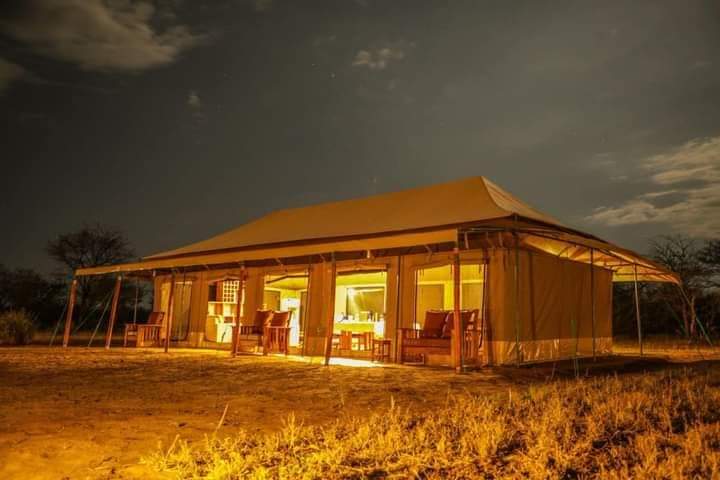
Tanzania stands out as a premier destination for wildlife enthusiasts, particularly those eager to see the majestic lion in its natural habitat. Boasting the largest lion population in Africa, Tanzania offers unparalleled opportunities for safari adventures. With iconic locations like Serengeti National Park and Ngorongoro Crater, this East African gem is a must-visit for anyone passionate about wildlife. Join Sheengai Pride Safaris to experience the thrill of seeing lions up close and explore Tanzania's diverse landscapes. Read on to learn more about why Tanzania is the ultimate destination for lion safaris!
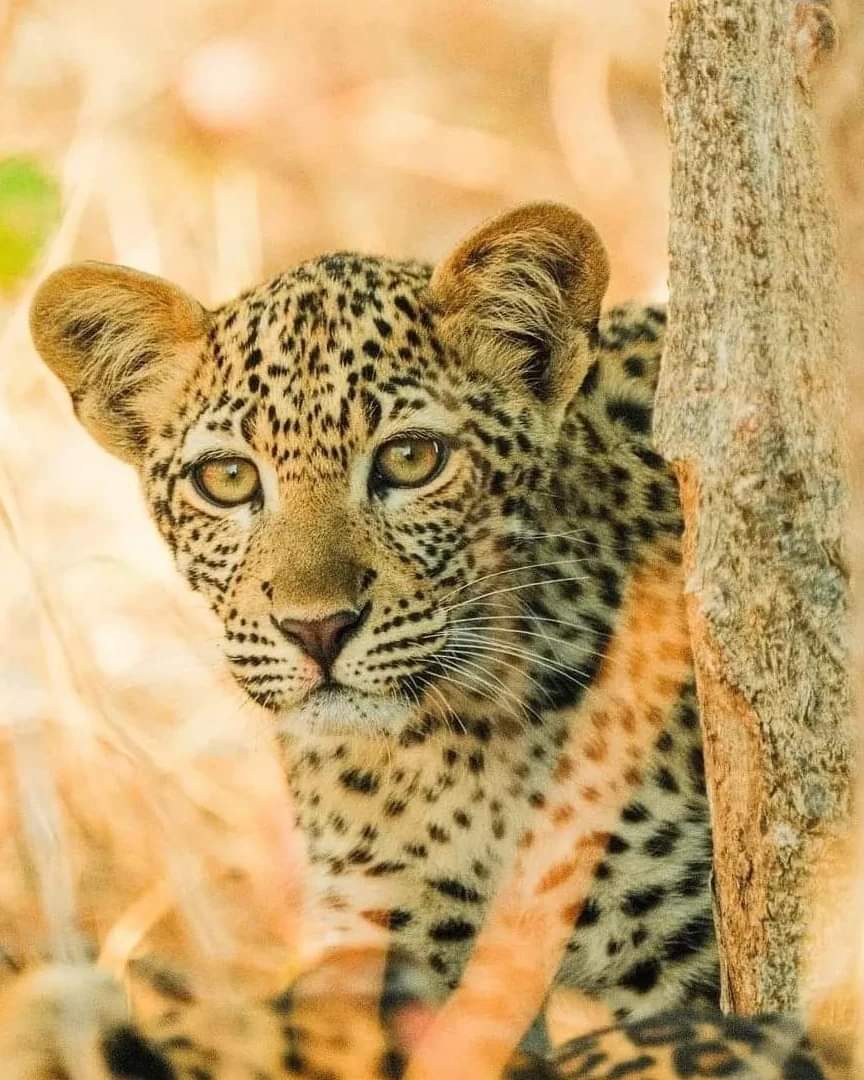
Why Tanzania is the Best Place to See Lions
Tanzania is home to approximately 40% of Africa's lion population, making it a top choice for those looking to observe these magnificent animals in their natural environment. The country's vast and diverse landscapes provide an ideal setting for lion populations to thrive, from the endless plains of the Serengeti to the lush, wildlife-rich Ngorongoro Crater.
Serengeti National Park: The Heart of Lion Territory
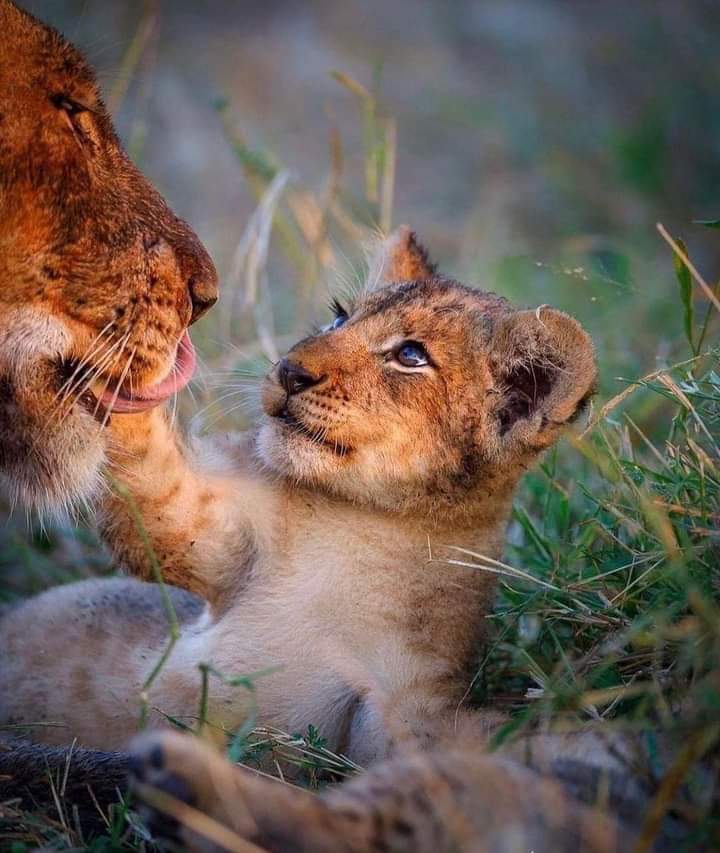
The Serengeti National Park is synonymous with lion sightings. This UNESCO World Heritage site covers 14,750 square kilometers and is home to over 3,000 lions. The Serengeti's open savannahs make it easier to spot these predators as they hunt, rest, and interact with their pride. The annual Great Migration, where millions of wildebeest and other animals cross the Serengeti in search of greener pastures, provides a feast for lions, making it a prime time for sightings.
Ngorongoro Crater: A Unique Lion Habitat
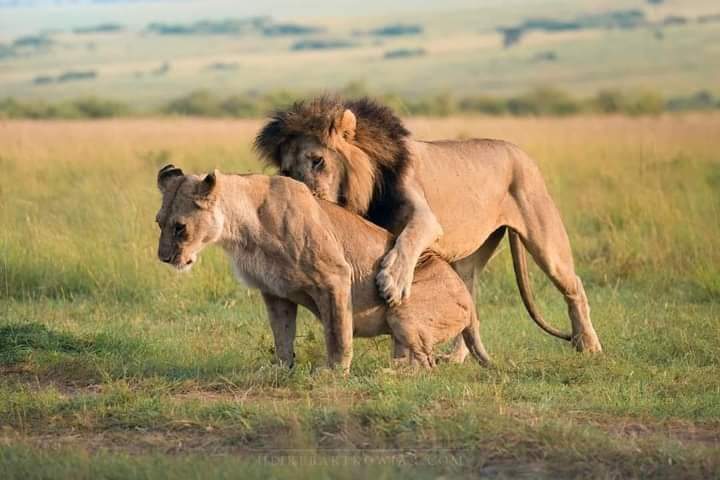
The Ngorongoro Crater, another UNESCO World Heritage site, is a unique caldera that supports a dense population of wildlife, including a significant number of lions. The crater's unique ecosystem, with its year-round water supply and rich grazing grounds, attracts a variety of prey species, making it an excellent hunting ground for lions. Visitors can often see these big cats lounging in the open or stalking prey along the crater floor.
The Importance of Lion Conservation in Tanzania
Tanzania's leading position in lion population also underscores the importance of conservation efforts. Lions face threats from habitat loss, human-wildlife conflict, and poaching. Tanzania's national parks and conservation areas play a crucial role in protecting these majestic animals and their habitats. By visiting Tanzania and supporting responsible tourism, you contribute to these conservation efforts, ensuring that future generations can also experience the wonder of seeing lions in the wild.
Best Time to Visit Tanzania for Lion Safaris
While Tanzania offers excellent lion viewing opportunities year-round, certain times of the year are particularly favorable. The dry season, from June to October, is ideal for game viewing as wildlife congregates around water sources, making lions and other animals easier to spot. The Great Migration, typically occurring between June and September, also draws large numbers of predators, including lions, to the Serengeti, offering some of the most dramatic wildlife viewing experiences.
Tanzania is celebrated as the "Lion Paradise of the World," hosting the largest population of lions globally. Recent surveys have shown that Tanzania is home to approximately 17,000 lions, significantly outnumbering other countries in Africa. This robust population underscores Tanzania's commitment to conservation and its thriving natural ecosystems (World Population Review) (TRT Afrika).
Key Factors Contributing to Tanzania's Lion Population
- Extensive Protected Areas: Tanzania boasts 22 national parks, managed by the Tanzania National Park Authority (TANAPA). These protected areas, such as the Serengeti National Park and the Ngorongoro Conservation Area, provide safe habitats for lions and other wildlife. The diversity of natural vegetation across these regions supports a wide range of species (TRT Afrika).
- Conservation Policies: The country has implemented effective conservation policies, including strict anti-poaching measures and sustainable tourism practices. These initiatives have helped maintain and even increase the lion population over the years (TRT Afrika).
- Ecological Monitoring and Research: Organizations like the Tanzania Wildlife Research Institute (TAWIRI) conduct regular wildlife censuses and ecological monitoring. This research helps in understanding the dynamics of lion populations and informs conservation strategies (TRT Afrika).
Comparison with Other Countries
- South Africa: South Africa holds the second-largest lion population in Africa, with around 3,284 lions. The country's lion population is primarily concentrated in protected areas such as the Kruger National Park (TRT Afrika).
- Botswana: With approximately 3,064 lions, Botswana ranks third in Africa. The country's lion population benefits from extensive wilderness areas and a relatively low human population density (TRT Afrika).
- Kenya and Zambia: These countries have lion populations of 2,515 and 2,349, respectively. Both nations have also invested in conservation efforts to protect these majestic animals (World Population Review) (TRT Afrika).
Frequently Asked Questions about Lions
- Why is Tanzania referred to as the "Lion Paradise"? Tanzania has the largest lion population in the world, thanks to its vast protected areas, robust conservation policies, and diverse ecosystems.
- How many lions are there in Tanzania? As of 2024, Tanzania is home to approximately 17,000 lions, the highest number in any country (World Population Review) (TRT Afrika).
- Which country has the second-largest lion population? South Africa has the second-largest lion population, with around 3,284 lions (World Population Review) (TRT Afrika).
- What are the main threats to lion populations? The primary threats include habitat loss, human-wildlife conflict, poaching, and disease. Conservation efforts are crucial in addressing these challenges.
- How can tourists help in lion conservation? By visiting national parks and supporting sustainable tourism, tourists can contribute to conservation funding and raise awareness about the importance of protecting lions and their habitats.
Beyond Lions: Tanzania's Rich Biodiversity
While lions are a major draw, Tanzania's wildlife diversity extends far beyond these iconic predators. The country's national parks and reserves are home to the Big Five (lion, elephant, buffalo, leopard, and rhinoceros) and a myriad of other species, including cheetahs, hippos, giraffes, and various bird species. Whether you're a first-time safari-goer or an experienced wildlife enthusiast, Tanzania offers something for everyone.
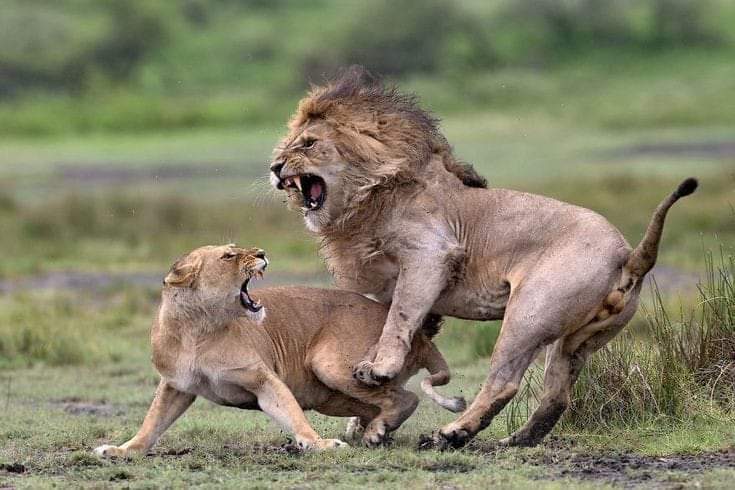
Conclusion: Experience the Majesty of Lions in Tanzania
Tanzania's leading position in lion population, combined with its stunning landscapes and rich biodiversity, makes it the ultimate destination for lion safaris. By choosing Sheengai Pride Safaris, you're not only embarking on an adventure of a lifetime but also supporting vital conservation efforts that protect these incredible animals. So, pack your bags and get ready to explore Tanzania's lion kingdom, where every day is a new opportunity to witness nature's wonders up close.
Book your safari with Sheengai Pride Safaris today and experience the thrill of seeing lions in the wild!
Frequently Asked Questions About Lions and Lion Populations
1. How many lions are there in Tanzania? Tanzania is estimated to have around 17,000 lions, which constitutes approximately 40% of Africa's total lion population. This makes Tanzania one of the best destinations for lion safaris.
2. What is the best time to see lions in Tanzania? The best time to see lions in Tanzania is during the dry season, from June to October. During this period, wildlife gathers around water sources, making lions and other animals easier to spot. The Great Migration, typically occurring between June and September, is also an excellent time for lion sightings in the Serengeti.
3. Are lions endangered? Yes, lions are classified as vulnerable by the International Union for Conservation of Nature (IUCN). They face threats from habitat loss, human-wildlife conflict, and poaching. Conservation efforts are crucial to protect and preserve lion populations.
4. How do lions live in prides? Lions are social animals that live in groups called prides. A typical pride consists of related females, their offspring, and a small number of adult males. The females do most of the hunting, while the males protect the pride's territory.
5. What can tourists do to support lion conservation? Tourists can support lion conservation by choosing responsible safari operators, such as Sheengai Pride Safaris, who contribute to conservation efforts. Additionally, visitors can support local conservation organizations, follow park rules, and avoid disturbing wildlife.
7. Can I see other big cats in Tanzania? Yes, Tanzania is home to other big cats, including leopards and cheetahs. These animals can be spotted in various national parks and reserves, often alongside lions.
Explore the lion kingdom in Tanzania with Sheengai Pride Safaris and discover the incredible wildlife that makes this country a top destination for safari adventures

Comments
Post a Comment